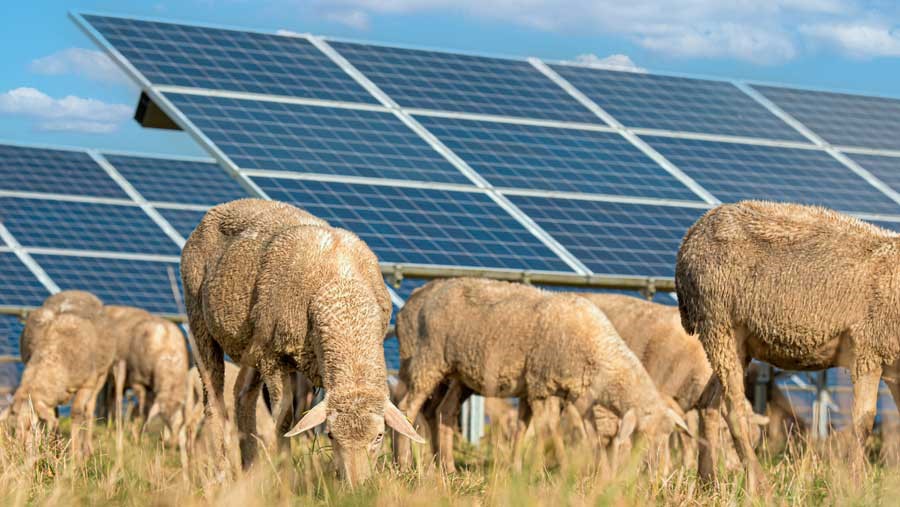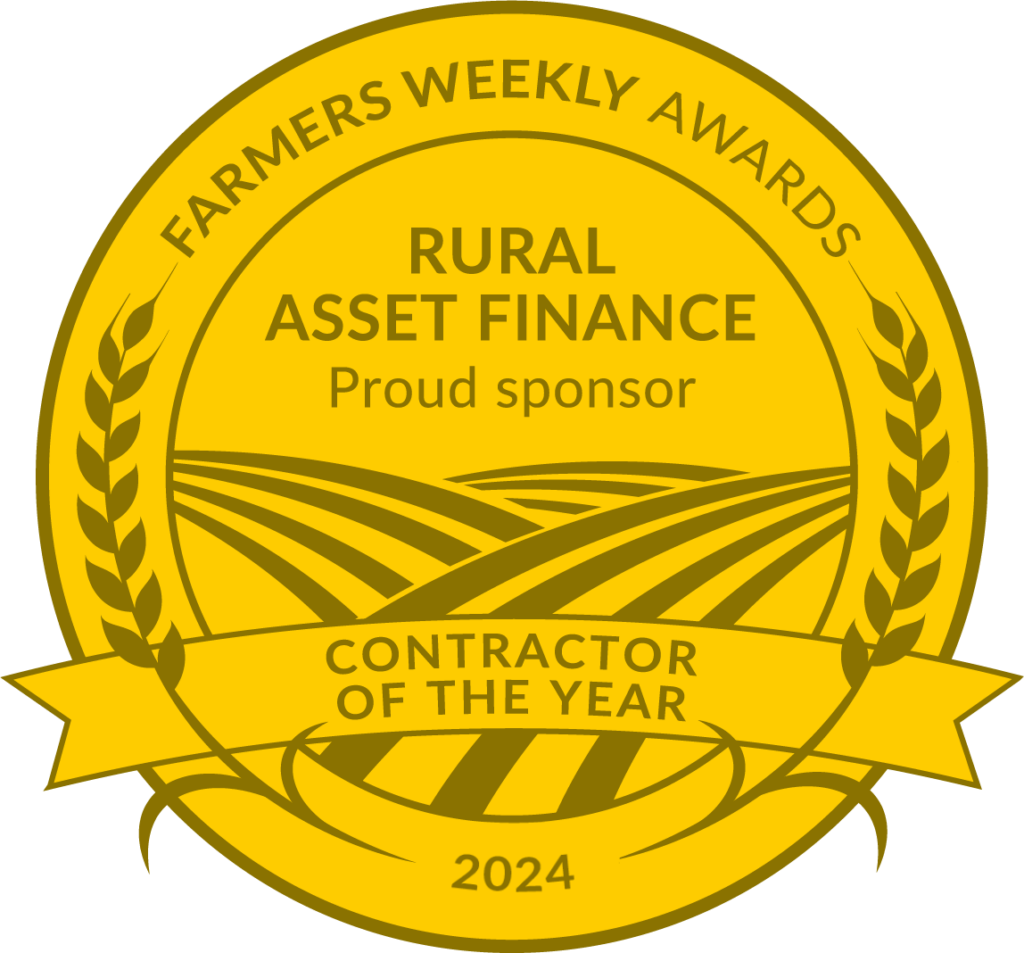Inherited principles of sustainability
Why farmers need a consistent, industry-wide method to measure sustainability in order to plan their future and safeguard their businesses. Read all about it in our new Farmer’s Weekly column!
By Matthew Smart, founder, Rural Asset Finance
Everyone in our industry knows how committed farmers are to protecting the environment and their willingness to invest in sustainable projects. That instinct for sustainability is inherited through generations.
Yet every week, it seems, more tell us how confused they are by the criteria they must meet for government funding and external finance.
The UK Climate Change Committee has previously pledged that 40% of the UK’s net-zero target will be met through a combination of tree planting and other ‘nature-based solutions’ – but there is currently no comparable standard or verifiable measure of carbon sequestration.
This makes it impossible for farmers to meet these goals – they cannot compare their own farms with their peers and genuine lenders actively supporting this evolution cannot be sure we are backing the best projects.
The government has unfortunately contributed to this confusion.
As all farmers know, although more detail has emerged in the past few days the ELM schemes still lack clarification and without that certainty, farmers have little idea what funding will be available to help them finance new projects and set affordable repayment schemes for new loans with their existing lenders, or in seeking further funding from private lenders such as ourselves.
However, we saw a chink of light last week when former Tory energy minister Chris Skidmore, who had been commissioned by then D-BEIS secretary Jacob Rees Mogg to review the UK’s net-zero progress, shocked his own government by detailing a list of 130 things they could and should be doing better.

Time to grant farmers’ wishes
One of his most urgent recommendations was to grant farmers’ wishes and create a consistent, standardised system whereby they can measure emissions and carbon sequestration – and we at Rural Asset Finance fully support this.
A recent NFU report highlighted a lack of confidence by farmers in using GHG calculators because of the sheer number of available methods, the time taken to input data, the suitability to their farm system and a lack of clarity in the results.
How do you know if you’re carbon neutral, carbon negative, carbon positive, what parameters do you use – and how can you tell if it’s worth your investment?
These are vital questions. Thousands of farmers use government grants as a foundation to then attract private loans and other additional investment – and for many the answers will shape the whole future of their business, as the trade of carbon credits and offsetting with wider industry gains momentum with significant financial gains.
They need to know their most efficient and lucrative direction of travel and for many that will mean a choice between traditional food production, countryside management, renewable energy production or a combination of all three.
So the stakes are high. A comparable UK standard as recommended by the review will aid targeted investment and finance to drive progress.

This would lead to better finance rates
It would also, says Mr Skidmore, enable the government to establish mandatory standardised ecolabelling on food by 2025 and a national regulator for carbon credits and offsets by next year, which in turn would accelerate the public and the markets rewarding businesses proved to have a lower carbon footprint.
And part of this reward would be preferential financing terms from genuine lenders wanting this exposure.
Mr Skidmore’s review underlines that sustainability is profitable for farmers, forecasting that enhanced productivity will save agri-businesses £170million a year by 2035.
But he also rightly understands this will only happen if farmers are given a consistent yardstick to measure their progress.
He has demanded the government finalise its own ELM payments criteria by this summer, but adds standardised measurement would also open up farmers’ opportunities to access other money for sustainability projects.
Indeed, his review actively encourages this, recommending that the government’s ELM schemes “do not crowd out private finance”.
Our lending reflects the UN’s sustainability goals
It’s essential for the planet and all our futures that preferential funding goes to farming projects which meet sustainability criteria – and at Rural Asset Finance, we are proud that our own fund investors stipulate the environmental “green” projects we fund must align with the United Nations’ 17 sustainable development goals.
Notably our lending in this area – and that of the funds we work for – reflect the UN’s targets around:
- Zero hunger –doubling agricultural productivity of small-scale food producers and creating sustainable food production systems and resilient agricultural practices
- Affordable and clean energy – increasing substantially the share of renewable energy in the global energy mix
- Industry, innovation and infrastructure – upgrading infrastructure and retrofitting industries to make them sustainable
- Responsible consumption and production – reducing food waste.
Our wholesale funders are putting hundreds of millions of new funds under our management to deploy during 2023/24 in transactions that meet goals from that list – and we are dedicated to funding projects that help make this vision a reality.
But the challenge remains: to meet these criteria for funding, UK farmers must figure out where they sit on a UK standard spectrum and exactly how “net green” their businesses are compared to their peers.
For this we need government action, to follow Mr Skidmore’s recommendations by clarifying a standard measure, and as soon as possible.
When we as a lender have this information, farmers can decide which direction they need to travel with targeted funding at preferential terms available – and help lead the green revolution.
This article also forms our new column in Farmers’ Weekly, which appeared in the print and online editions of the magazine on February 3, 2023.

